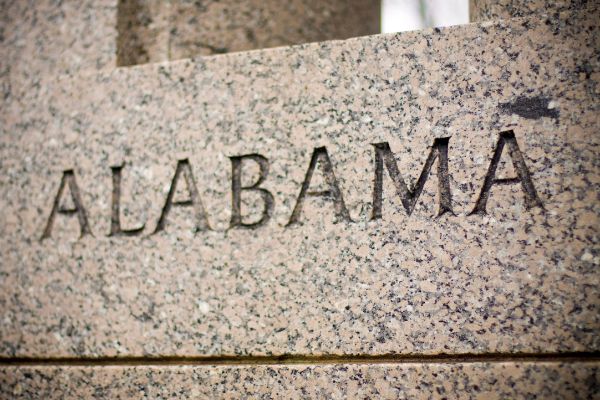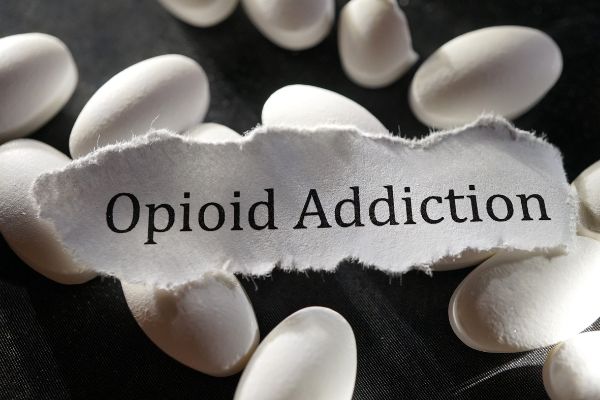The 12-Steps are one of the cornerstones of the Alcoholics Anonymous approach to getting sober. They are 12 spiritually-focused steps recovering alcoholics should follow on their path to sobriety, serving as overarching guidelines for the entire process.
Regardless of the substance they’re addicted to, many people find the Steps transformative and one of the main reasons they got sober. However, incorporating the Steps into your recovery means understanding them profoundly and knowing how to apply them to fit your needs.
This means that you can’t “quick-study” the Steps as a means to accelerate your recovery. In this article, we’ll talk about why you shouldn’t try to quickly learn the Steps and apply this incomplete understanding to your recovery. We’ll also discuss how you can “work the Steps” and integrate them into your recovery.
Why Can’t You Quick-Study The 12-Steps?
The urge to get “the gist” of the 12-Steps may be strong, but we urge you to reconsider this approach. When following the 12-Steps, you must take them seriously and observe them continuously. Not every day, but you need to incorporate them into your life, which takes time. These are the main reasons you can’t adopt them into your recovery:
You need dedication
The 12-Steps are a guideline for your recovery process. To successfully incorporate them into your life, you must prepare for each Step. The first three Steps focus on a positive mindset and connecting with your Higher Power. Some people will find these easy to follow, while others may not.
Take the time you need on Steps that you find more challenging.
You need a spiritual connection
Alcoholics Anonymous is open to non-Christian and non-religious people. Still, they are heavily spiritually focused, and it may be challenging for people who don’t have strong spiritual beliefs to find them fulfilling.
The terms “God” and “Higher Power” may be uncomfortable for some people. If that happens to you, discuss your thoughts with a sponsor, a former or recovering alcoholic who’s more experienced than you in the Steps. They may have words of advice or encouragement on how to manage the spiritual aspects of the Steps.
You need to fit them into your needs and lifestyle
People who successfully apply the Steps integrate them into their lifestyle, adapting them to their needs and circumstances. Some people read daily affirmations related to the Steps, while others take time out of their days to incorporate the Steps into their daily meditations or prayers. Whatever works for you is what you should do.
What Are The 12-Steps?
These are the original 12-Steps created by the Alcoholics Anonymous founders. Be aware that over time other substance abuse recovery programs have incorporated the 12-Steps into their approach. They maintain the essence of the Steps but in the context of other addictive substances, such as cocaine.
The original 12-Steps outlined in the book are:
- We admitted we were powerless over alcohol.
- We believed that a Power greater than ourselves could restore us to sanity.
- We decided to turn our will and lives over to God’s care as we understood Him.
- We made a searching and fearless moral inventory of ourselves.
- Admitted to God, ourselves, and another human being the exact nature of our wrongs.
- We’re entirely ready to have God remove all these defects of character.
- We humbly asked Him to remove our shortcomings.
- Made a list of all persons we had harmed and became willing to make amends to them all.
- Made direct amends to such people wherever possible, except when doing so would injure them or others.
- We continued to take personal inventory and promptly admitted it when we were wrong.
- We sought through prayer and meditation to improve our conscious contact with God as we understood Him, praying only for knowledge of His will for us and the power to carry that out.
- Having had a spiritual awakening from these Steps, we tried to carry this message to alcoholics and practice these principles in all our affairs.
The 12-Steps Simplified
The 12-Steps wording hasn’t changed much since its conception in 1930. Over time, it’s become difficult for some people to follow. To help adapt the language to modern times, the simplified version appeared, focusing on the main guiding principle of each Step:
- Honesty
- Hope
- Faith
- Courage
- Integrity
- Willingness
- Humility
- Discipline and action
- Forgiveness
- Acceptance
- Knowledge and awareness
- Service and gratitude
What Is “Working The Steps” And What Are The Benefits?
“Working the Steps” is a common expression you’ll hear if you attend Alcoholics Anonymous meetings or any other organizations that adopted the Steps into their approach.
“Step work” is anything that helps you cultivate and understand the Steps to aid your recovery process, such as: reading AA literature, attending meetings, and observing the Steps through personal reflection.
The benefits of working the step include, but are not limited to:
- Finding the right structure to support your recovery process
- Building stronger relationships with other sober individuals
- Fostering spirituality
- Improving physical and mental health
- Achieving mental clarity
- Maintaining long-term sobriety
The Bottom Line
Recovery is a long and challenging process. You can’t “cheat” your way through it by quick-studying the 12-Steps and casually applying them to your life. It takes time to absorb their meaning and learn to integrate them into your life.
Don’t try to speed past them, or you’ll be doing yourself a great disservice. Take your time. The rewards will be worth it.



![Is Molly [Ecstasy] Addictive?](https://findrecovery.com/wp-content/uploads/2022/02/is-molly-addictive.jpg)




